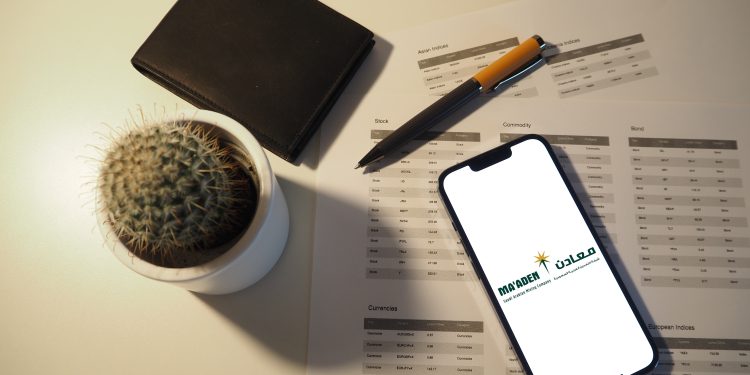Saudi Arabia is rapidly expanding its mining sector, positioning it as a cornerstone of economic diversification. The country’s mineral resources are now valued at approximately $2.5 trillion, thanks to recent discoveries of rare earth elements, gold, phosphate, titanium, and base metals.
The Northern Borders region is a major driver of this growth, holding nearly half the nation’s mineral wealth and serving as a leading center for phosphate production. This has elevated Saudi Arabia’s status among global phosphate exporters.
Aligned with Vision 2030 and the National Industrial Development and Logistics Program, the mining sector aims to increase its economic contribution significantly—from $17 billion in 2024 to $75 billion by 2030. Recent revenues reached $400 million, with a further $100 billion earmarked for critical mineral investments by 2035.
Experts highlight Saudi Arabia’s vast deposits of gold, copper, lithium, and rare earths, suggesting the Kingdom could emerge as a global minerals hub. Rising international demand for battery metals and minerals supporting electric vehicles and renewable energy is fueling this ambition.
Saudi Arabia is focusing on developing local talent, encouraging public-private partnerships, and integrating advanced technologies to spur sustainable growth. The sector’s expansion is expected to create jobs, diversify the economy beyond oil, and boost regional development.
Strategic projects, such as the Ras Al-Khair aluminum smelter and a new battery chemicals complex in Yanbu, showcase the move toward advanced manufacturing and greater value addition. The Kingdom has also established lithium processing capabilities, securing its position in the battery materials supply chain.
Investments in automation, AI-driven exploration, and ESG practices highlight Saudi Arabia’s goal to become a leading center for sustainable resource extraction.
Saurabh Priyadarshi, mining and metals adviser
Reforms such as the Comprehensive Mining Strategy and the Mining Investment Law have created a more attractive and transparent regulatory environment. Institutional support is reinforced by the Ministry of Industry and Mineral Resources and initiatives like the Saudi Geological Survey and the National Geological Database.
New entities, including Manara Minerals and the Mining Fund, are driving investment and innovation. Sustainability is a core focus, with AI and automation helping to minimize environmental impact and blockchain supporting compliance with ethical and environmental standards.
Significant investments in renewables—such as solar, wind, and hydrogen—are powering the industrial base, with major projects like NEOM’s green hydrogen plant and expanded phosphate and bauxite processing at Ras Al-Khair.
Experts identify phosphate, rare earth elements, and gold as strategically vital for the Kingdom, given their roles in food security, clean energy, and advanced manufacturing. Copper and bauxite are also gaining importance in global electrification efforts.
Saudi Arabia now ranks first globally for mining investment growth and among the top 10 for mining financial policies. The licensing process is notably efficient, and the country has attracted 290 local and international mining firms. The National Geological Database now covers over half the country, enhancing resource assessment. Investor interest remains robust, as shown by strong participation in recent large-scale mining tenders.


